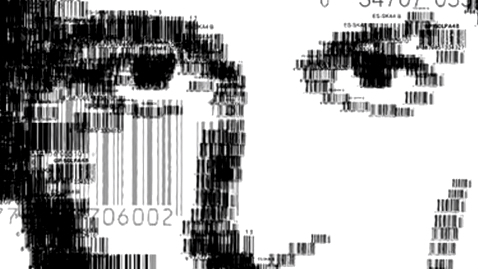Environmental Cues That Boost Creativity

For most of human history creativity was something that came from the muses; it was about flashes of insight from another world. Today we know that creativity is something that happens in the brain; many psychologists and neuroscientists are working to identify cognitive mechanisms and processes active during the creative process. However, the public still believes that creativity is a “gift” applicable across many fields even though research shows that creativity is improvable, contingent on upbringing and societal circumstances and domain-specific. Particularly interesting are studies of the last few years that suggest that subtle cues in our physical environment significantly influence creative output.
Consider a study published in Science by Juliet Zhu and a team of researchers from the University of British Columbia. The psychologists recruited six hundred subjects and tasked them with several basic cognitive tests that required either an analytic approach or a more creative mindset. The key part of the experiment was that the tests were conducted on computer screens with red, blue, or neutral backgrounds. Did the color of the screen matter?
The differences were noticeable. Computer screens with a red background boosted performance on analytical tasks including memory retrieval and proofreading. Blue computer screens, on the other hand, improved performance on creative tasks such as coming up with uses for a brick and brainstorming. Why? Zhu argues that red unconsciously motivates us to think more deliberately and analytically because it’s associated with things such as stop signs, emergency vehicles and danger. In contrast, blue is associated with the sky, ocean and peace and tranquility – things that influence a more free-flowing and exploratory mindset.
This brings me to a brand new study by Zhu and her colleagues Ravi Mehta and Amar Cheema released in the Journal of Consumer Research. The psychologists were interested in looking at how various levels of sound affect creativity. In one experiment they assigned 65 undergrads Remote Associate Tasks (RAT). In a RAT participants are given stimuli words (shelf, read, end) and asked to determine a related target word (book).
There were four conditions: low-noise (50 dB), moderate-noise (70 dB), high-noise (85 dB) and no-noise (the sounds of the room the participants completed the tasks). For the three noise conditions the researchers blended sounds from a cafeteria, roadside traffic and distant construction noise to create an ambient sound typical of consumption contexts such as a shopping mall or grocery store. The participants listened to the noise, which came from speakers in the room, while they solved the RAT. The psychologists found, “a significant main effect of noise level on RAT performance such that respondents in the moderate-noise condition generated more correct answers than those in the low-noise high-noise or control conditions.”
The study involved four other experiments. As predicted by Zhu and her team, each demonstrated similar results. Here’s what the authors conclude:
We find that increasing levels of noise induce distraction, leading to a higher construal level. That is, both moderate and high noise levels lead to more abstract processing as compared to a low noise level. This higher construal level then induces greater creativity in the moderate-noise condition; however, the very high level of distraction induced by the high-noise condition, although it prompts a higher construal level, also causes reduced information processing, thus impairing creativity. In other words, while a moderate level of noise produces just enough distraction to induce disfluency, leading to higher creativity, a very high level of noise induces too much dis- traction so as to actually reduce the amount of processing, leading to lower creativity.
Zhu et al. also conclude that further research will be needed to determine what exactly their research means. They expressed interest in how different types of noise might affect creativity.
The larger point of this research is that there are simple things we can do to boost our creativity: blue rooms and a moderate amount of ambient noise for instance. It also suggests that creativity doesn’t arrive to us from the muses; it’s a skill carried out by certain parts of the brain that are influenced by certain aspects of the physical environment. Moreover, creativity is improvable; it’s not reserved for certain people.
Perhaps one advantage creative people have, then, is an ability to find environments that maximize their output. Maybe. At any rate, it’s worth keeping these studies in mind the next time you need to supplement your creative output.





